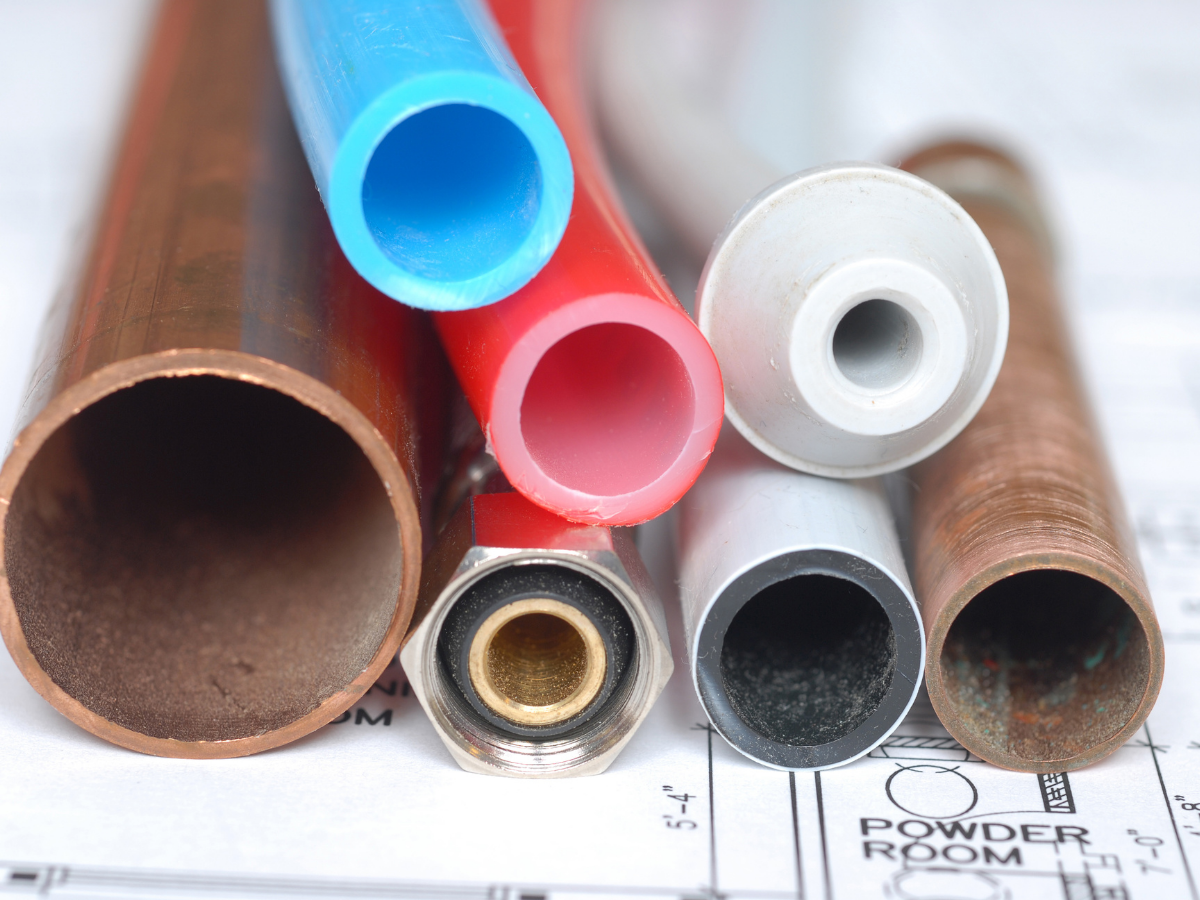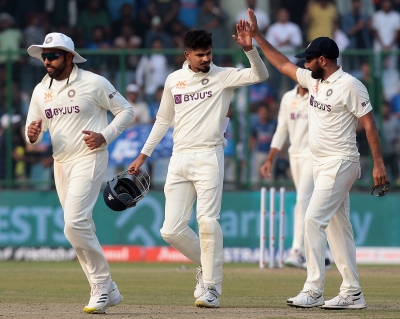It is important to think about the pipe material that will be used when installing your plumbing system. In ancient times, plumbing was done with lead and clay pipes.These materials were popular, but due to their inherent dangers, notably poisoning, alternatives had to be found. Today, there are many choices when it comes to pipes, covering both classic and modern materials.
There are five common plumbing pipes that are often used depending on available materials.
These are pipes that were once seen as the best option for home plumbing. Although they are no longer as popular as before, galvanized steel pipes are still the most common type when it comes to plumbing systems. They are typically strong and can resist corrosion, but per abetterplumberco.com, these pipes are not often used when transporting potable water.
Pros
- Galvanized steel pipes are generally cheaper.
- They do not require regular maintenance.
Cons
- They don’t last as long as other pipe types.
- They are prone to contamination.
- They can be difficult to handle because of their weight.
- They can become rusty over time.
2. Cross-linked Polyethylene Pipes
These are more commonly known as PEX pipes, and although they are relatively new in the plumbing industry, they are preferred by many. This is because these pipes are made of flexible plastic materials and can be used for many different applications.They are great for long runs and can be easily cut and joined together.
Pros
- PEX pipes are durable and resistant to corrosion.
- They can transport both hot and cold water.
- They are simple and easy to install.
- They are highly flexible.
- They have a high thermal conductivity capacity.
Cons
- They can contaminate water.
- They are good only for indoor use.
- They can be damaged by rodent bites.
- They are not compatible with chlorine.
- They can be damaged by extreme high temperatures.
Copper pipes remain a popular choice among plumbers and this is because they don’t pose any health hazards and are ideal for home plumbing lines. They also come in different thickness grades. These include the following:
- Type M – This is seen as the thinnest of the three grades and are commonly found in drain-waste-vent piping systems (DWV). These copper pipe grades can move both cold and hot water.
- Type L – This grade is known for its medium thickness, and can easily move potable water. Just like Type M, copper pipes under this thickness grade have no problems when it comes to hot and cold water movement.
- Type K – This is the thickest of the three grades. It’s known to withstand harsh and extreme conditions, making them ideal for underground projects.
Pros
- Copper pipes can last up to half a century.
- They are resistant to corrosion.
- They are strong and not susceptible to leaks.
- They are capable of killing viruses and bacteria.
- They can be recycled.
- They can withstand extreme temperatures.
Cons
- They are expensive.
- They are not considered eco-friendly.
Popularly known as PVCs, these are one of the most common plumbing pipes and are often made from thermoplastic polymer which is a mixture of vinyl and plastic. They are versatile and can be used for many purposes such as transporting potable water and draining wastewater. They also come in a variety of colors and thicknesses to match various plumbing applications.
Pros
- PVC pipes can last up to 100 years.
- They can resist corrosion.
- They can withstand strong pressures.
- They are affordable.
- They are lightweight and easy to use.
Cons
- They are not available in large quantities.
- They are susceptible to warping.
5. Chlorinated Polyvinyl Chloride Pipes
CPVC pipes are also known as chlorinated polyvinylchloride pipes. They look a lot like PVCs, but are chlorinated, and this gives them the ability to withstand extreme temperatures. Because of this, many plumbing companies prefer CPVC pipes to PVCs.
Pros
- CPVC pipes are designed to last for 100 years.
- They are affordable.
- They can withstand high water pressures.
- They are light and can be easily installed.
- They are resistant to corrosion and can withstand high temperatures.
Cons
- They are not suitable for outdoor applications.
Plumbing pipes have gone a long way since they were first designed. From galvanized steel, there are now pipes fashioned from copper, polyvinyl, and polyethylene. Each one of these pipe types has its own set of advantages and disadvantages and should be considered when deciding which model is best for your plumbing.
When it comes to piping installation, there are pipe types that homeowners will find relatively easy to handle. However, the home plumbing system can be complicated that it’s best if plumbing companies are allowed to do the installation instead. These firms are considered as the experts in the industry and can be trusted to come up with excellent plumbing jobs.











